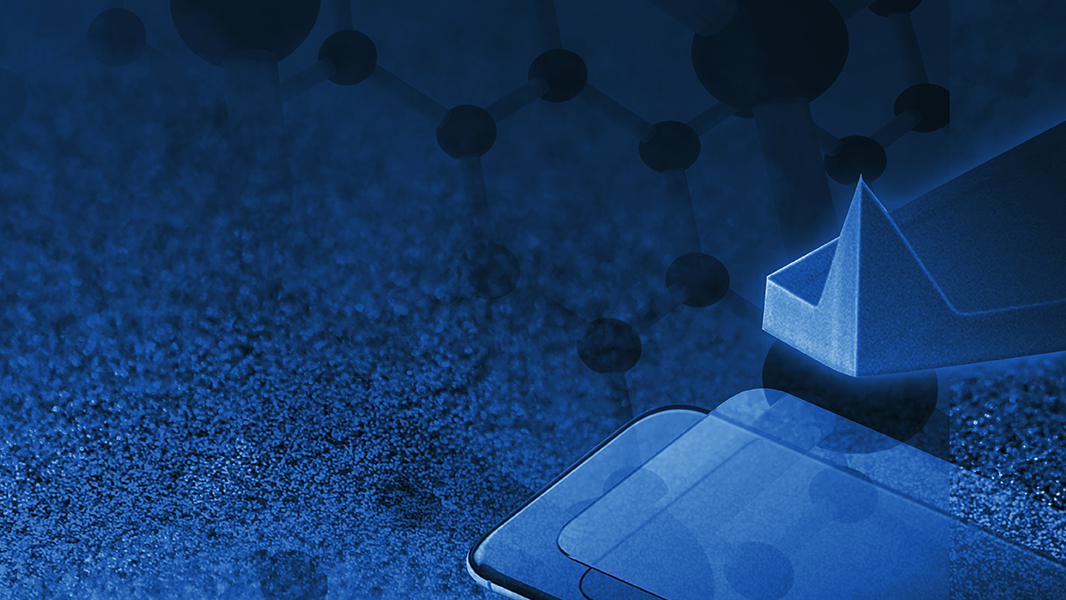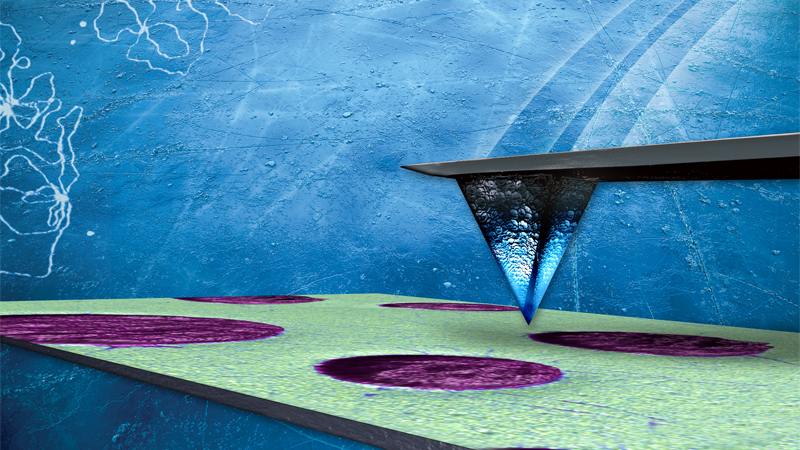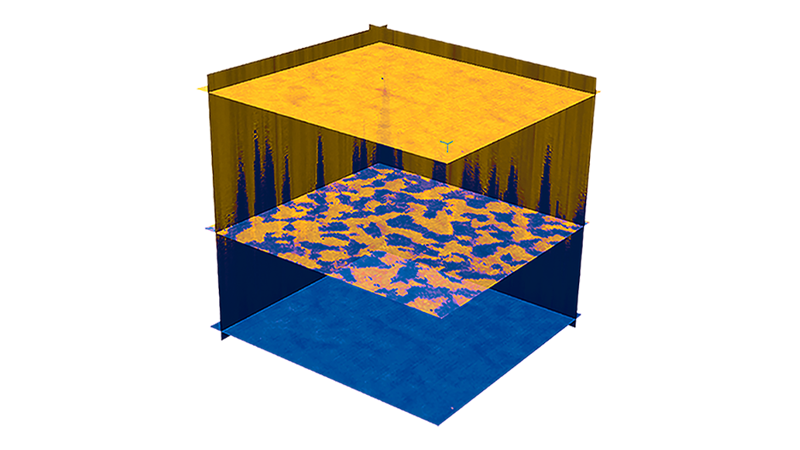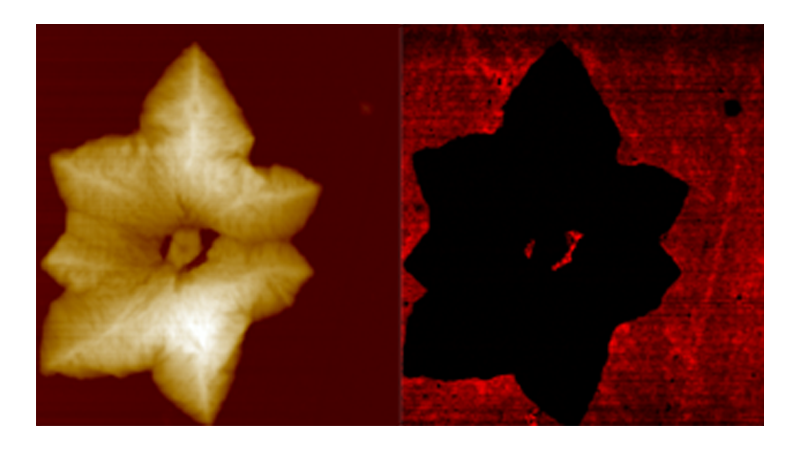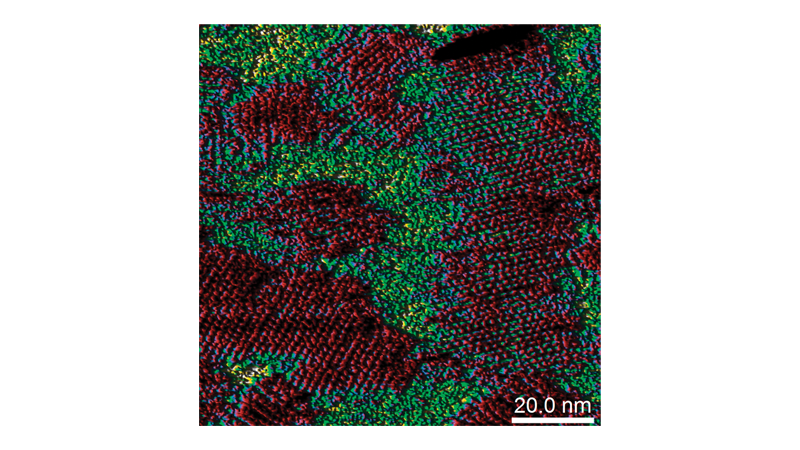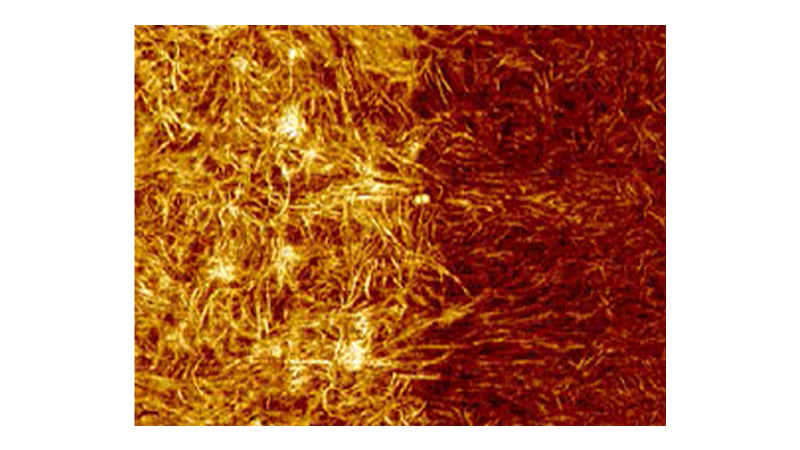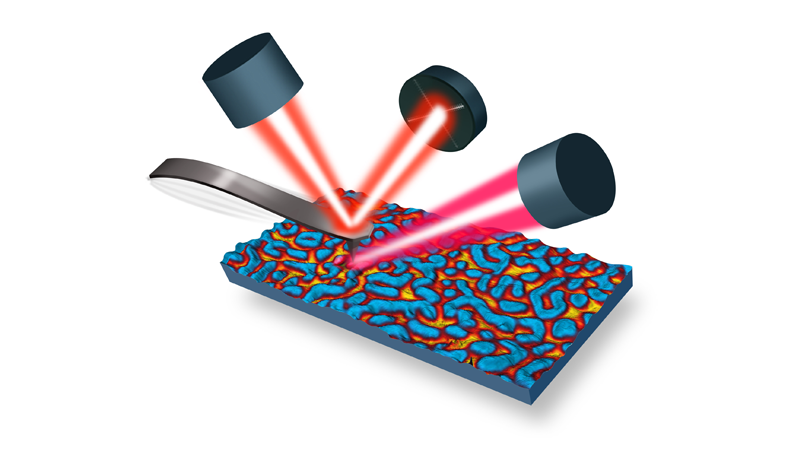Introduction
"Materials scientists designing a polymer-based material for a specific application must analyze how and why all these factors come together to impact the final product. Understanding the structure and properties at the
microscopic level is critical to a complete understanding of the material. “Everybody wants to make their materials perform better at the macroscale,” says Bede Pittenger, a senior staff development scientist at Bruker Nano Surfaces. “And they all know that the key to that is by changing how things are structured at the nano- or microscale.”
And the key to changing how things are structured at the nanoscale is being able to analyze and understand what’s happening at that level and how that connects to the bulk material..."
This article provides an overview of Bruker's AFM microscopes and modes for the mechanical, electrical, and chemical characterization of polymers at the nanoscale as well as the tools we provide to support the correlative microscopy that drives innovation in polymer research.



